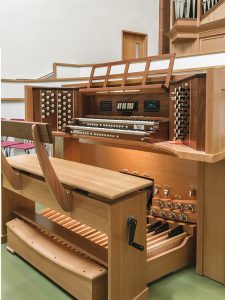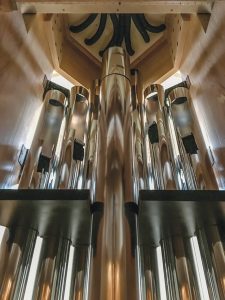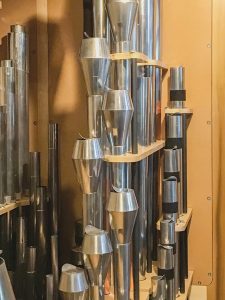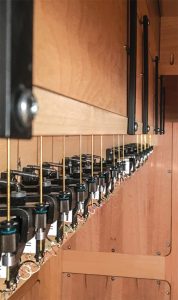#GivingTuesday, November 28, is a national day of philanthropy. To celebrate the occasion, we ask that you consider making a gift to the AGO Annual Fund. Our ambitious goal is to raise $24,000 in 24 hours. We are both making a commitment to contribute to the Guild on Giving Tuesday, and we encourage you to do so as well.
The Guild is poised for great things in 2018.
At our National Convention in Kansas City, Mo., July 2-6, we will roll out a completely new, three-year strategic plan that is designed to provide greater support to our chapters and members than ever before.
But first, we will start the year by helping to fund January Jubilees in Tennessee, Kentucky, Missouri, and Ohio.
In the spring we will honor John Ferguson with a Gala in Minnesota.
Then in June and July we will provide financial support to six chapters hosting Pipe Organ Encounters in six different states (Arizona, Illinois, Minnesota, Pennsylvania, California, and Florida) and to the many dozens of students attending them.
All year long we will provide funding to aid the studies of a half-dozen Pogorzelski-Yankee scholars at the undergraduate and graduate levels; strengthen our five-tier certification program; and publish hundreds of pages of information about organs and organists in The American Organist, the world’s leading publication for our profession.
Please know that a gift of any amount will be greatly appreciated.
You can designate your tax-deductible gift in honor of a loved one, a colleague, a student, or a teacher. You can make your gift online at www.agohq.org or you can call us at 212-870-2310, during business hours from 9-5 Eastern time. If you have already made a gift to the AGO this year, please accept our deepest thanks.
In the weeks ahead, concert halls and houses of worship will be filled with the music of the King of Instruments, more so than during any other time of the year. Through our collective efforts, we will be accomplishing the mission of the Guild to foster a thriving community of musicians who share their knowledge and inspire passion for the organ.
Thank you for all that you do for the Guild, for your thoughtfulness and generosity. Your gift to the Annual Fund will make a positive impact by helping our members, by strengthening our chapters, and by supporting our national organization.
On behalf of the AGO National Council and Headquarters staff, we send best wishes for a blessed holiday season.
Sincerely yours,
![]()
Michael Bedford, AAGO, ChM
President
![]()
James E. Thomashower
Executive Director
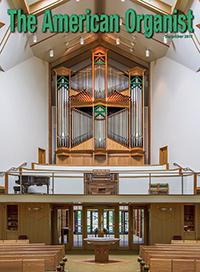 The New Organ at Pilgrim Lutheran Church
The New Organ at Pilgrim Lutheran Church